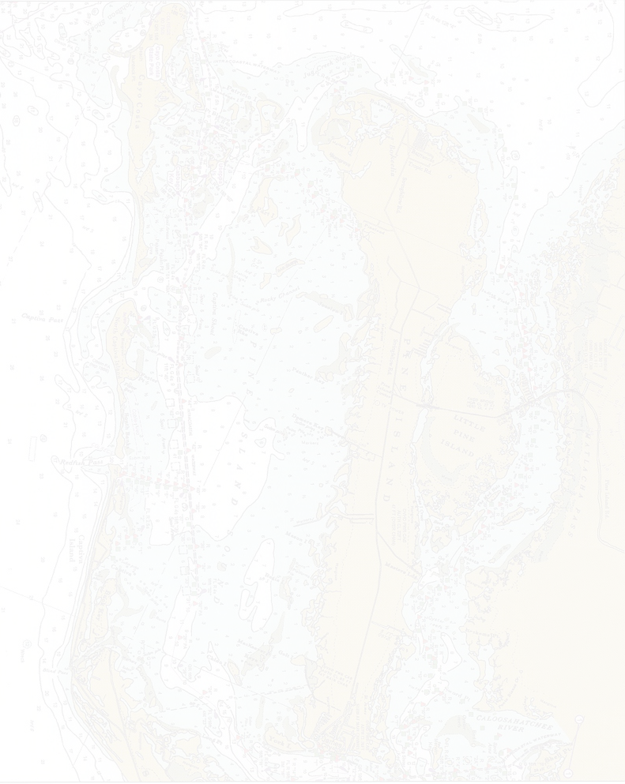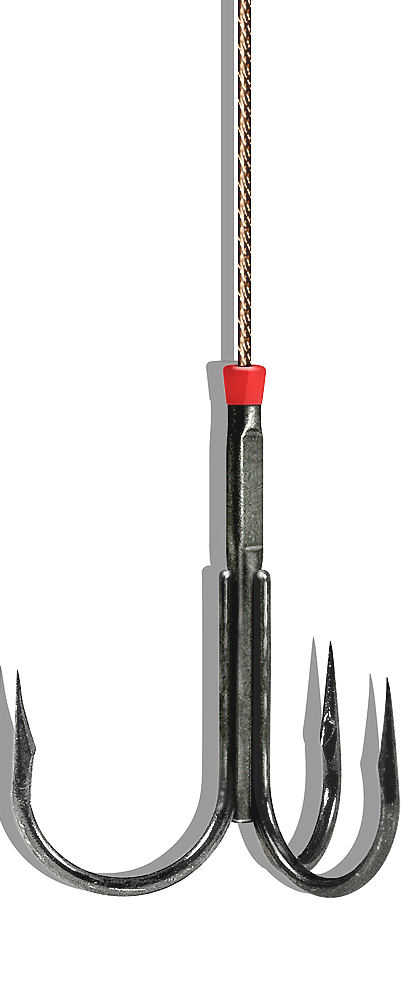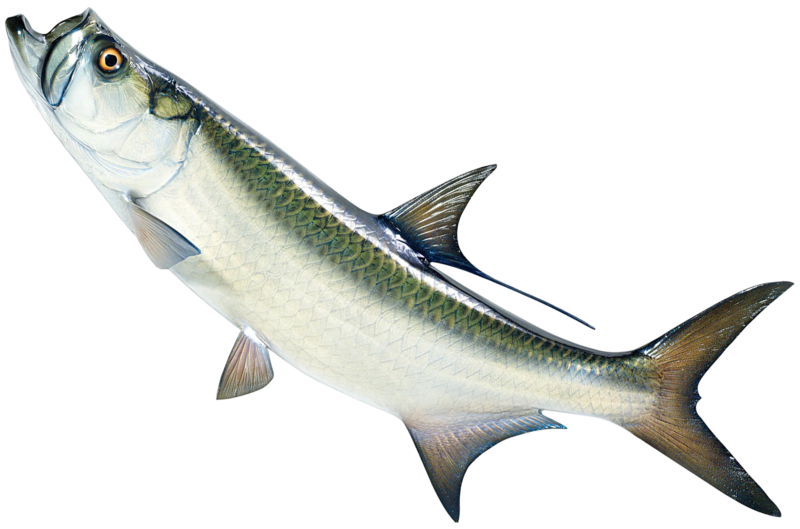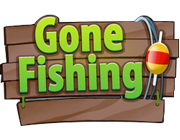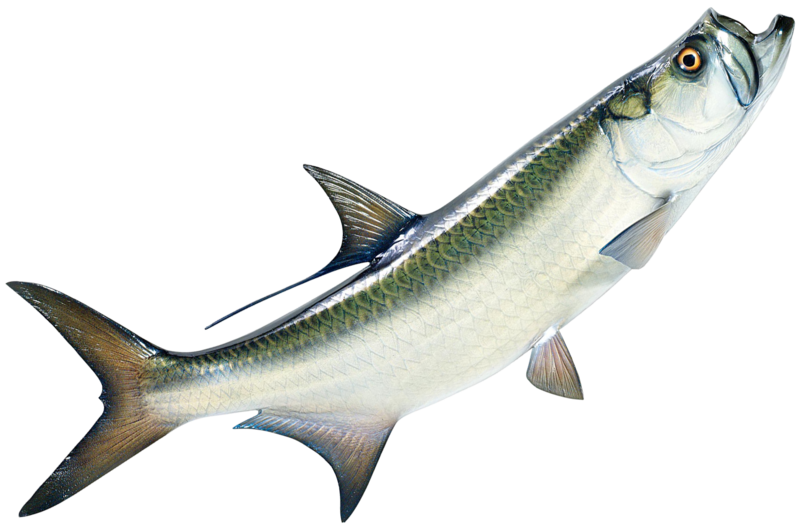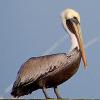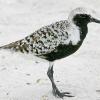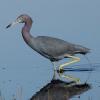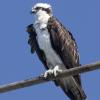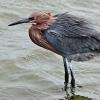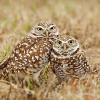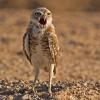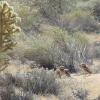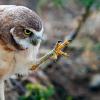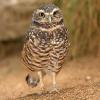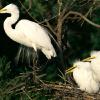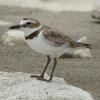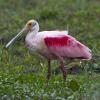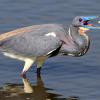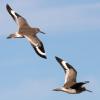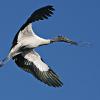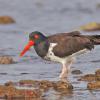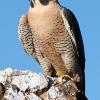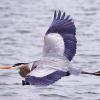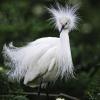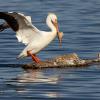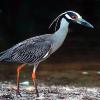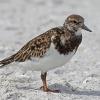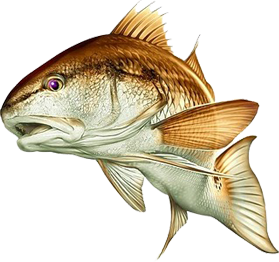Live Baits
Fresh Live Shrimp,
Tarpon Crabs,
Fresh Mullet
Frozen Baits
Shrimp, Squid, Sardines, Mullet,
Tournament Chum
Call ahead and we will have your bait ready!
Bird Watching Pine Island
Florida is the mecca for bird watching. So your in luck bird lovers. We took the time to gather some highly subjective hot spots for bird photography in the southwest Florida area.
Here are a few of the many species at each location
BUNCHE BEACH PRESERVE
Fort Myers, FL, 18201 John Morris Road
Best Time of Year to Go: Any
Best Time of Day to Go: LOW TIDE
This is a wonderful place to photograph shorebirds, seabirds, and wading birds, but make sure you go at low tide, or you will find few if any birds. I also prefer to go here on weekdays as opposed to weekends as there will be fewer people there to disturb the birds. In my numerous visits here, I’ve photographed Reddish Egrets, Little Blue Herons, Black-Bellied Plovers, Long-Billed Curlews, Piping Plovers, Marbled Godwits, Black Skimmers, Red-Breasted Mergansers, Osprey, White Pelicans, Brown Pelicans, and many kinds of terns. I’ve heard others have photographed Bald Eagles, Roseate Spoonbills, and Peregrine Falcons here.
You never know what you will find.
Pay $2 an hour for parking at the solar-powered pay station in the lot. After parking, go to beach, and
turn right (east) for best birding/photography.
CAPE CORAL
Best Time of Year to Go: Any
Best Time of Day to Go: Early Morning/Late Afternoon
Only 7.5-11″ tall, the Burrowing Owl is one of the smallest owls, and, of the almost 200 owl species worldwide, the only owl that lives underground. Most of their burrows are readily found as they are marked with white PVC posts, and a wooden T-perch. Sometimes they are roped or taped off. Don’t get too close or you could cause them to abandon their nest. Certainly never go within the perimeter staked out by the posts. Do try to get down low to photograph them, so that you are less intimidating and also for a better background.
Burrowing Owl nests have typically been found near the Cape Coral Library and can be found at other municipal property and parks in the city. Vacant lots are also a great place to check out. The best indication as you drive around are the telltale white PVC posts that mark the nests.
ESTERO LAGOON
Fort Myers
Best Time of Year to Go: Any
Best Time of Day to Go: Low Tide
The usual charismatic wading birds can be found here: Reddish Egrets, Tricolor Herons, Little Blue Herons, Great Egrets. Many shorebirds can be found along the beach and in the lagoon from fall through spring. Both Piping and Snowy Plovers may be present (again, we urge strong respect for these and all birds). American Oyster-catchers and Willets are common and Wood Storks and Roseate Spoonbills can be found feeding in the lagoon. Osprey are frequent visitors, fishing and gathering nest materials along the beach. In summer, Least Terns nest on the
beach around the lagoon in roped off areas.
SANIBEL ISLAND (Ding Darling, Sanibel Lighthouse/Pier, Blind Pass Beach)
Just offshore of Fort Myers
Best Time of Year to Go: Any
Best Time of Day to Go: Low Tide for Ding Darling
The Wildlife Drive at Ding Darling is the big attraction for photographers here. It will take you through four miles of mangrove tree forests and tidal flats. You’re likely to see Roseate Spoonbills, White Pelicans, Reddish Egrets, Tricolor Herons, Great Egrets, Great Blue Herons, and Yellow-Crowned Night Herons. Many people are content to shoot from their cars.
Early morning is the best time for photography because nearly all of the action is on the left/west side of the drive. Try to time your visit to coincide with a low tide as you are much more likely to see greater numbers of birds then. There are many different beaches all along Sanibel and on Captiva Island as well, any of which would be a good spot to find various seabirds and shorebirds. I like to go to Blind Pass, which is at the northernmost tip of Sanibel Island, just before you cross over to Captiva. I always find a good number of terns and gulls resting there on the beach. It’s a great spot for flight shot practice, as, with the people that are walking up and down looking for shells,
the birds are often taking off and then settling back down.
